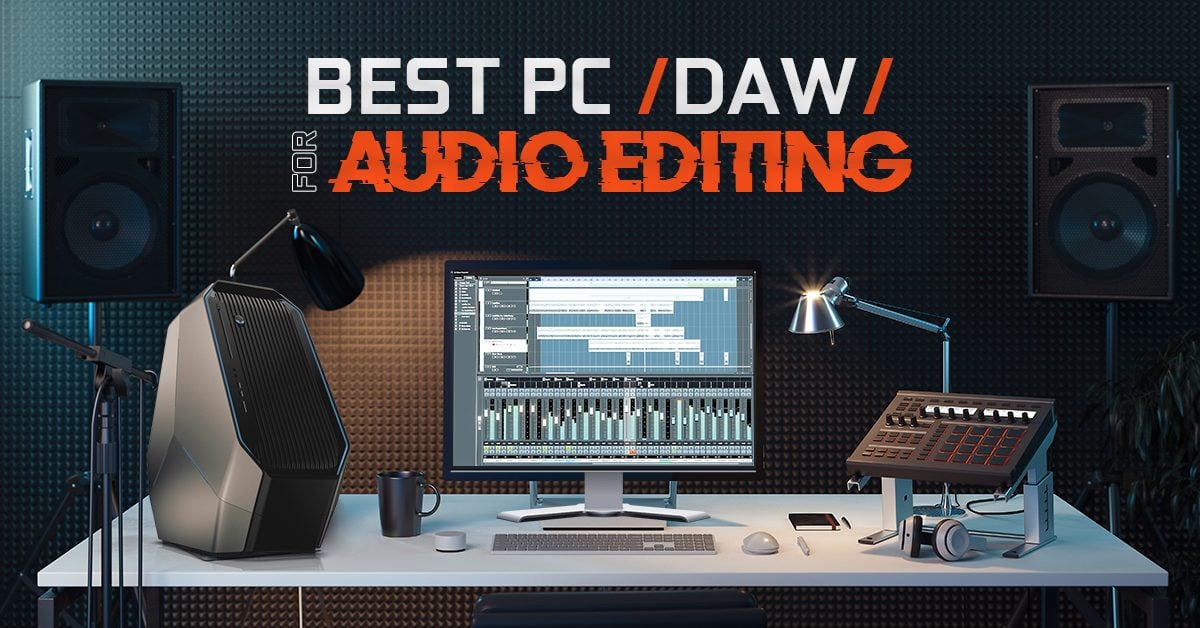
The scores from Cinebench R23 are not comparable to scores from previous versions including Cinebench R20. The benchmark now features a minimum runtime of 10 minutes. I, however, tend to say there's more to it than that, and that would be higher frequency allowances defining that per core performance.Maxon has released Cinebench R23.

For many people, this is the holy grail of CPU measurements in terms of how fast an architecture per core really is. That way you can see the architecture performance of the processor clocked at exactly the same frequency. Basically, we lock all processor cores at 3500 MHz. This IPC test will build up and get updated over time. This is the single CB15 run with the cores all locked (fixed) at 3500 MHz It is obvious that single threaded performance at 4.7~5.0 GHz, even in a short burst, will make a difference here.īelow I have started a new IPC test, now forgive the lack of results (I ditched the CPU-Z results after they changed the benchmark in the newer revision). You'll notice the single core perf paints a completely different picture here. You'll notice we still need to add a number of processors, all in due time.
Best cinebench score software#
According to the developers, the software has been "extensively developed to exploit the performance of new hardware as possible." The results are unsurprisingly not comparable with those from earlier versions. The results will be issued in final points (CPU) and fps (GPU). For the CPU test is a scene with around 280,000 polygons used, while the GPU test based on OpenGL comes with about a million polygons, high-resolution textures, and various effects. A selection of test results allows a rough classification of the benefit of your own system. The performance of processors and graphics cards is, as usual, determined on the basis of 3D scenes. We are slowly transitioning towards CineBench 15 as this newer version has the option to measure single threads. Apart from that, the rendering software R11.5 to R15 and new footage, the new version now supports systems with up to 256 threads. However, for CPUs, we test at reference baseline specifications. We obviously do the very same in our AMD Ryzen reviews. Also, let me state, there is nothing wrong with these tweaks as hey, it's extra performance for free. For motherboard reviews, we'll leave tweak enabled as then you are testing the motherboard performance. For our processor reviews, we disable stuff like that, as we want to show you reference performance. The Intel reference could be 30 seconds for max two cores at 4.8 GHz, whereas this enhancement could apply all six cores at 4.8 for an indefinite time. Also, they'll be able to do that for a longer time e.g.

So in this example, if you have Multicore enhancement enabled (which is an ASUS/MSI/ASRock/Gigabyte default), all cores will clock at higher turbo frequencies. Most motherboards, however, will apply a number of tweaks, for example please look below:Įxample screenshot of ASUS automatically enabling a tweak/enhancement. We have ALWAYS tested processors at reference configuration. A discussion that has been ongoing for years now is when testing processors, there is reference performance as defined by Intel, and you have performance as offered and tweaked by motherboard manufacturers. Over the years we've been able to bring you persistent and consistent performance metrics.


 0 kommentar(er)
0 kommentar(er)
